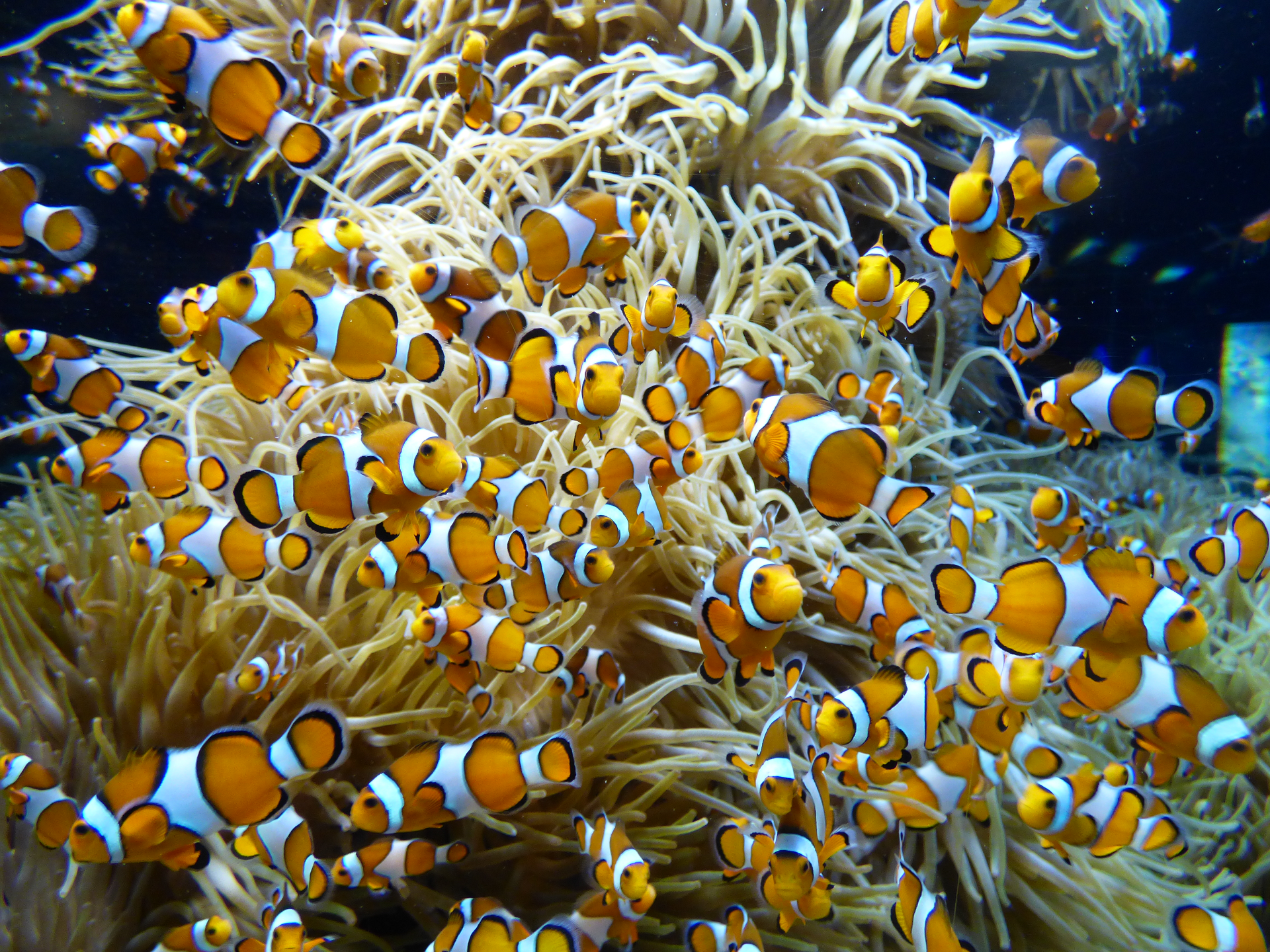Publication Abstract
- Title
-
The blueprint for the European eel: does life-history strategy undermine or provide hope for population recovery?
- Publication Abstract
-
The lifecycle of the European eel is inherently risky because it relies on the successful migration of larvae and adults across thousands of km of the Atlantic Ocean. In between these migrations, eels need to grow and develop to maximise their potential for successful reproduction. To mitigate the risks at each stage of the life-cycle, eels have evolved a number of fundamental characteristics to minimise mortality, starvation and predation risks, and to maximise opportunities for growth. In the larval and silver phases of the life-cycle, predation and migration failure are significant threats, so these forms select specific habitats and adopt efficient swimming behaviours to minimise risks. In the glass and yellow eel phase, the opposite is the case, and plasticity and adaptability are fundamental to occupying a broad ecological niche that maximises growth opportunities and enables a continent-wide distribution. Under natural conditions, these characteristics enable individuals to survive, grow and reproduce and produces sufficient surplus to exceed habitat capacity. However, with the onset of the Anthropocene, the impacts of anthropogenic activities, particularly in the growth phase, appear to be amplified by eel life history, resulting in a declining population with reduced resilience. Although oceanic risk factors cannot be easily modified, modifying risk factors in the growth environment is more tractable and offers hope for population recovery. Greater understanding of the plasticity of the growth phase, and of understanding the risks of the oceanic phase, are essential to enable management interventions to be fully effective.
- Publication Authors
-
David Righton*, Pieterjan Verhelst & Håkan Westerberg
- Publication Reference
-
Fish and Fisheries
- Publication Internet Address of the Data
- Publication Date
- Publication DOI: https://doi.org/
- Publication Citation


